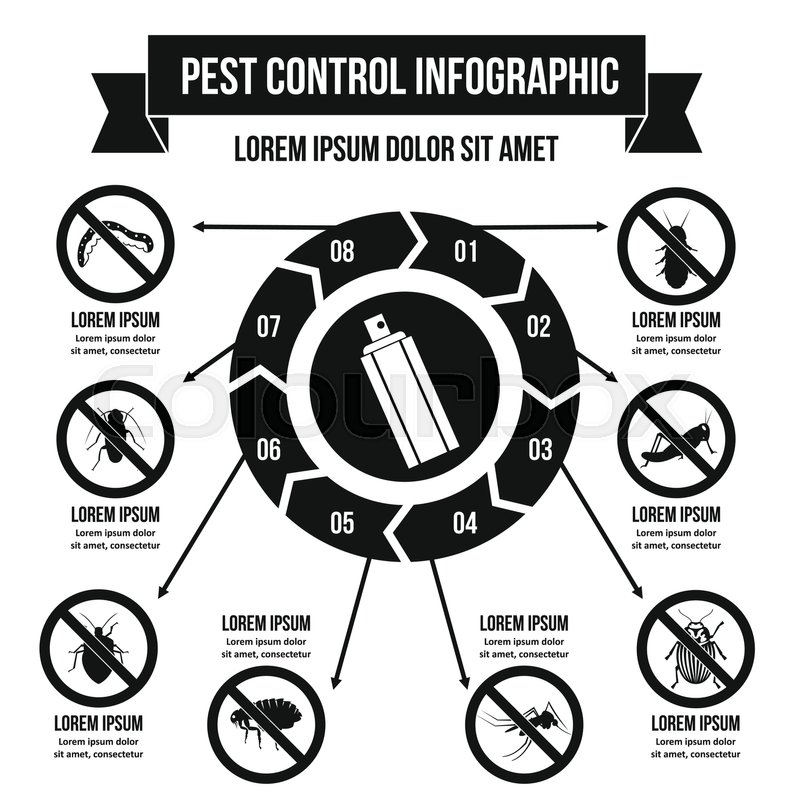Rodent-Proofing Your Attic: Vital Tips For Homeowners
Rodent-Proofing Your Attic: Vital Tips For Homeowners
Blog Article
Post Written By-McNeill Hutchinson
Picture your attic as a cozy Airbnb for rodents, with insulation as fluffy as resort cushions and wiring a lot more luring than room solution. Now, visualize these unwanted guests tossing a wild party in your home while you're away. As a property owner, guaranteeing your attic room is rodent-proof is not just about comfort; it's about protecting your building and enjoyed ones. So, what basic actions can you require to protect your haven from these fuzzy intruders?
Check for Entrance Points
To begin rodent-proofing your attic room, inspect for entry factors. Beginning by thoroughly analyzing the outside of your home, trying to find any type of openings that rodents could use to gain access to your attic room. Check for voids around energy lines, vents, and pipelines, as well as any cracks or holes in the structure or exterior siding. Make sure to pay attention to locations where various building materials meet, as these are common access factors for rodents.
Additionally, examine the roof for any damaged or missing shingles, as well as any type of gaps around the sides where rodents can squeeze via. Inside the attic, seek signs of existing rodent activity such as droppings, chewed wires, or nesting products. Make https://www.reddeer.ca/city-services/animals-and-wildlife/living-with-wildlife/ of a flashlight to thoroughly inspect dark edges and hidden areas.
Seal Cracks and Gaps
Check your attic room thoroughly for any splits and gaps that need to be secured to prevent rats from getting in. Rats can squeeze with also the tiniest openings, so it's important to seal any type of possible access factors. Check around pipelines, vents, cables, and where the wall surfaces satisfy the roof covering. Utilize a combination of steel wool and caulking to seal these openings successfully. Steel woollen is a superb deterrent as rodents can not chew via it. Guarantee that all voids are snugly sealed to reject access to unwanted parasites.
Do not ignore the significance of sealing gaps around windows and doors also. Use weather removing or door moves to seal these areas successfully. Examine the areas where energy lines enter the attic and seal them off making use of an ideal sealer. By making the effort to secure all splits and voids in your attic, you develop an obstacle that rats will certainly locate difficult to breach. Avoidance is key in rodent-proofing your attic room, so be comprehensive in your initiatives to seal off any potential entrance points.
Eliminate Food Sources
Take positive actions to get rid of or save all possible food resources in your attic to hinder rats from infesting the area. Rats are brought in to food, so eliminating their food sources is crucial in maintaining them out of your attic room.
Below's what you can do:
1. ** Shop food safely **: Avoid leaving any type of food things in the attic room. Store all food in closed containers made of metal or sturdy plastic to avoid rats from accessing them.
2. ** Clean up debris **: Eliminate any heaps of particles, such as old newspapers, cardboard boxes, or wood scraps, that rats might utilize as nesting material or food resources. Maintain the attic room clutter-free to make it less enticing to rodents.
3. ** Dispose of trash correctly **: If you use your attic for storage and have rubbish or waste up there, make sure to deal with it frequently and effectively. Rotting trash bin draw in rats, so maintain the attic clean and free of any type of natural waste.
Final thought
In conclusion, keep in mind that an ounce of prevention is worth a pound of remedy when it concerns rodent-proofing your attic room.
By making the effort to check for access factors, seal fractures and spaces, and remove food sources, you can maintain unwanted bugs away.
Bear in mind, 'An ounce of prevention deserves a pound of remedy' - Benjamin Franklin.
Remain aggressive and safeguard your home from rodent invasions.
